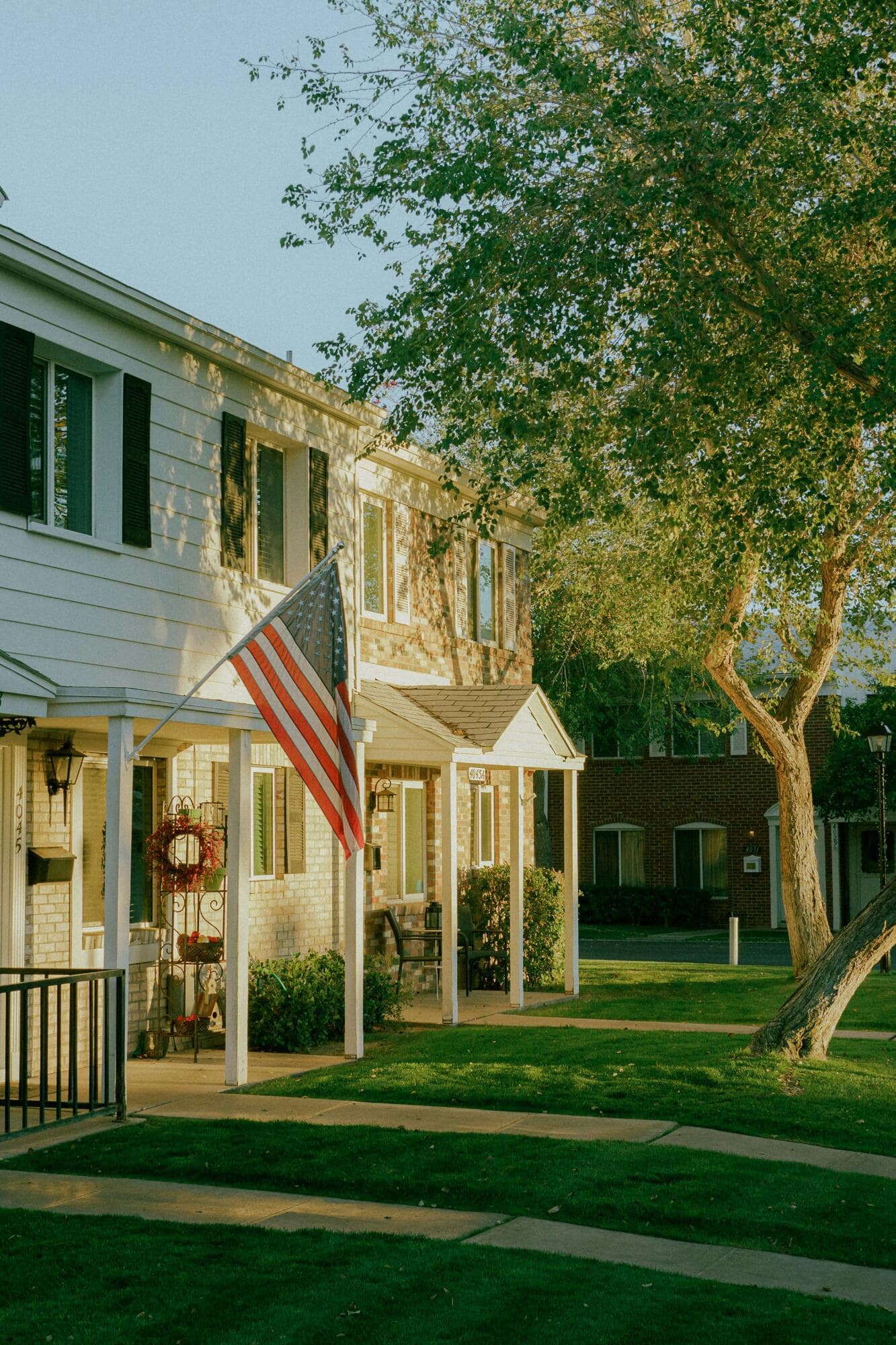Evictions are now 50% higher than they were before the Covid-19 pandemic.
If you're a Long Island landlord, evicting a tenant is one of the more challenging things you'll ever have to do. Not only does it mean you've gotten yourself into a stressful situation, but it also signals an issue with your tenant screening process.
Tenant screening is the best way to prevent having to go through evictions. Another important preventative measure is rental property inspections. In today's post, we'll tell you how inspections work and how often you should be performing them.
Keep reading and you'll be able to keep an eye on your investment while building stronger tenant relationships.
What Do Inspections Entail?
There are two forms of rental property inspection. The first is the move in inspection, which you perform with the tenant at the start of the tenancy. It involves going through the property to make note of any existing property damage.
Move in inspections are often performed in conjunction with collecting a security deposit. At the end of the tenancy, you perform a move out inspection. Any new damage is presumed to have been caused by the outgoing tenant, and any repairs are paid for with their damage deposit.
Other inspections are performed during the tenancy, either at the tenant's request or because you suspect the tenant is breaking the lease agreement.
How Often Should You Perform Rental Property Inspections?
When performing a mid-tenancy rental property inspection, it's important to follow the law. In New York, the main thing is to give the tenant at least 24 hours' notice before entering the property, unless they've requested an inspection.
Other than that, you're technically free to inspect the property as much as you please. That being said, tenant privacy and their right to quiet enjoyment of your property is paramount. Performing inspections too often can lead to them reporting you to the housing authority.
It's in your best interest to perform a seasonal inspection. If you suspect the tenant is breaking your lease, notify them of the inspection, but know exactly what to look for.
What to Look for During Inspections
Always bring an inspection checklist to a move in inspection. When you're trying to keep a close eye on a bad tenant, you need to be more specific in what you're inspecting.
For example, if you suspect your tenant of bringing an unauthorized pet into the unit, look for signs of pets. This might be stains in the carpet, pet smells, or scratched furniture. If you think the tenant is damaging the unit, look for holes in the walls, broken windows, or damaged appliances.
Getting Help with Inspections
Now that you understand what rental property inspections entail and how often to perform them, you can keep a closer eye on your investment property. Performing regular inspections can be time-consuming, not to mention that they can damage tenant relationships.
If you need help with inspections, hire a property management company. PMI Lighthouse is a top property manager in Long Island and part of one of the largest property management groups in the country. Contact us today to find out how we can help you manage your rental property.


